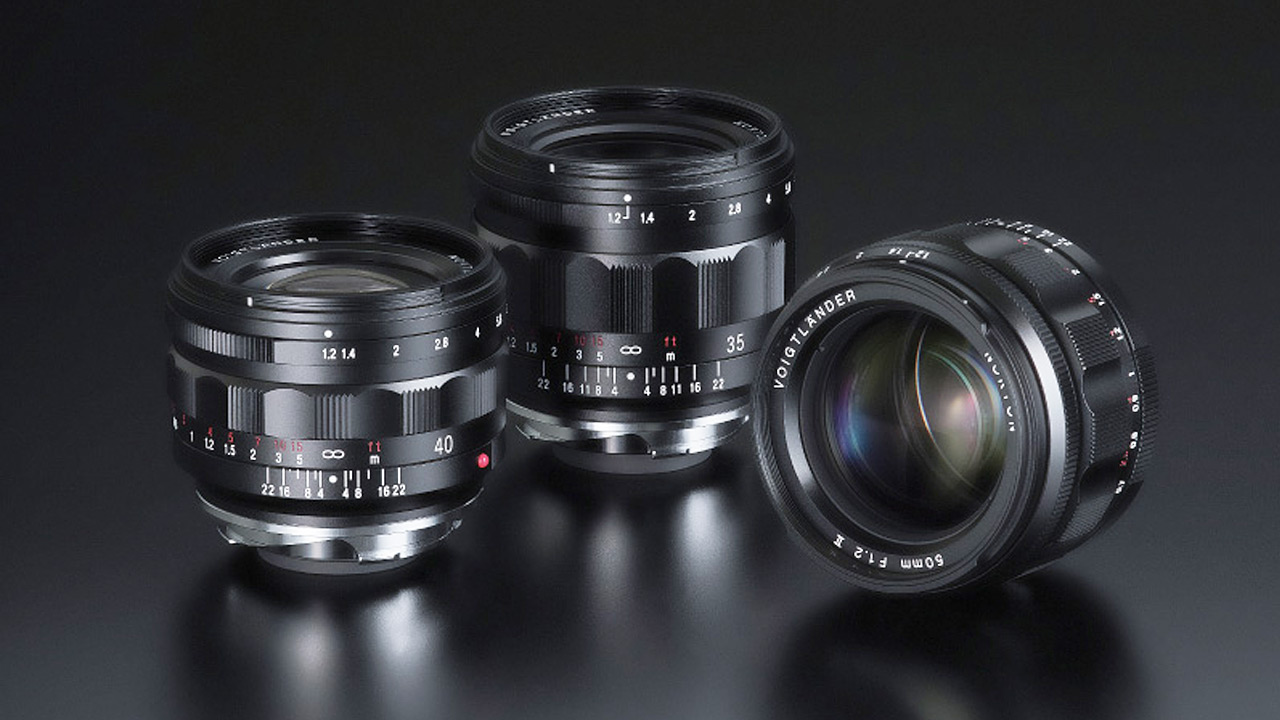"I think colour is an endlessly fascinating subject in photography." Miles Aldridge speaks to DCW
Just ahead of his talk at The Photography Show, Miles Aldridge talks to us about his influences and how he creates modern images
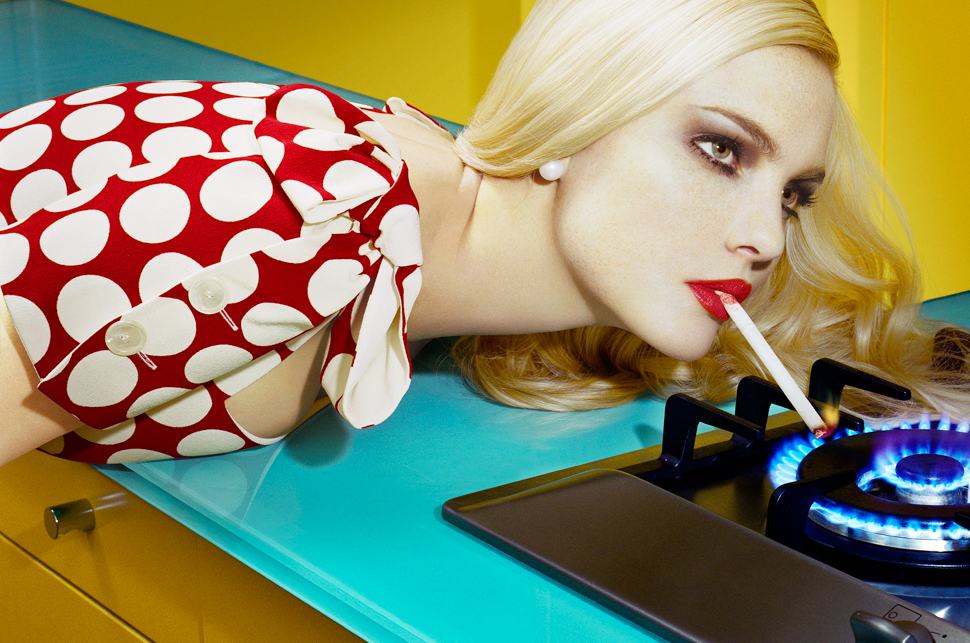
Image: Miles Aldridge
DCW: Aside from the switch to digital, how has photography changed since you started out?
MA: Many things have changed since I first picked up a camera to become a professional photographer. I still shoot on film, although I will shoot on digital if it’s a deal-breaker for a certain client. But one of the biggest changes is that I work a lot less in conventional advertising, and I believe that's happened because of the growth of social media.
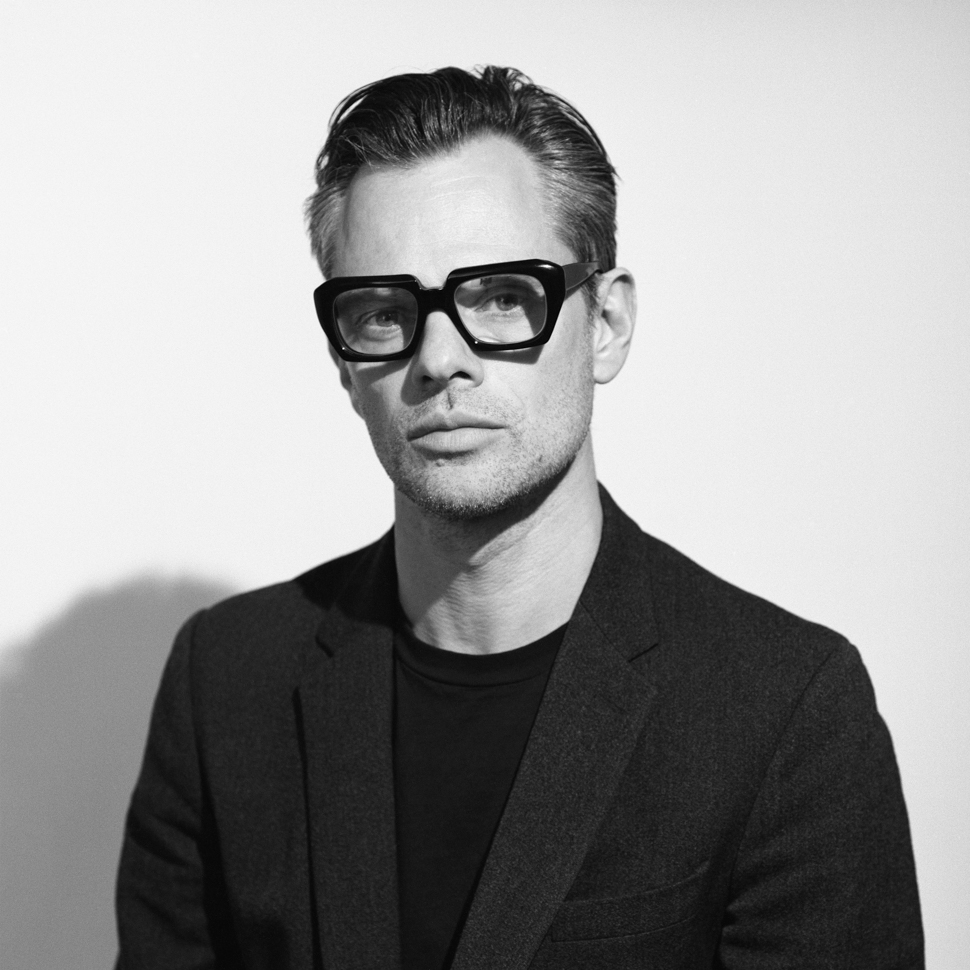
The clients that used to spend their budgets on big photography shoots will now spend this on a mixture of that and social media. I think most people would agree that the investment in advertising photography is – and I hazard a guess here – only around 10% of what it was 20 years ago. It’s a very different landscape.
When I started, magazines were very buoyant and exciting. Before the internet, magazines had a real stranglehold on the consumer, and that was one of the core ways to get your message across. Once the internet took off, and started to promise clients that it could focus their target audience, and even give feedback on how many people viewed their adverts and so on, the proposal of a magazine advertisement became less and less appealing. Of course, magazines did all they could to get advertisers back, offering cheaper and cheaper rates, I imagine. Now, it's no longer the most important part of anyone's advertising campaign.
When I started, the situation was clear: if you were a good editorial photographer, and you did a lot of editorials for the right magazines – the Vogues, and so on – you would get many advertising campaigns to shoot. And the money you made from advertising campaigns could also then be spent on making your editorials look even better because the magazines didn’t really support the photographers. There would be a basic budget, but if you wanted to do something special – like I always did – you'd have to pay for it yourself.
That kind of dynamic was there when I started, and it stayed like that until the internet got established. If you flick through magazines from the mid-nineties, you’ll see advertising is far more aggressive, bold and unusual. I would even say artistic. Now, advertising images all look like they could be shot by the same photographer. There’s a sort of basic requirement now to just photograph the outfit or whatever it is. There’s no real interest from the advertising client to have anything artistic, I would say.
Get the Digital Camera World Newsletter
The best camera deals, reviews, product advice, and unmissable photography news, direct to your inbox!
Do you think there’s an element of people not wanting to take the same risks as they used to?
Well, they can’t. I think when the industry is filled with fear – one recession after another, or the promises of the internet to give these brands lots of money – it becomes quite hollow. The fear that this instills in people invested in these projects makes them think that maybe it might not work, so they better not mess it up, and therefore it's not worth risking anything. I think when you’re in a situation like that it’s only going to create very, very bland work. So yes, to answer your question, I think people are terrified to do risky or interesting images.
Also, if you go back 20 years or so, the market wasn’t as global as it is now, with the same image having to appeal to an audience in Saudi Arabia, or India or Africa. When your audience is so huge, it has the effect of diluting what's acceptable from a visual standpoint. What we, or I, might find interesting in an image, because it relates to a movie or theatre where the cultural references are very clear, might not be understood by someone in Saudi Arabia, for example, and they may be insulted by it. So advertisers have to play a careful game in what they show.
"I think people are terrified to do risky or interesting images."
Miles Aldridge
One of the things that's really changed since I started photography is that advertising photography has become really uninteresting. When I started out, certain fashion labels like Jil Sander were the absolute goal. Jil Sander was seen as the Sistine Chapel of fashion photography, the one every photographer wanted to get. I don’t think there’s any one standout fashion advertising campaign that any photographer thinks is worth doing these days, although Gucci still looks pretty good, to be fair.
You photographed the stars of Game Of Thrones for TIME magazine recently. How did that come about? This is quite different from what you’re known for. Did you do that in response to the industry changing in some way?
I have done images in the same ilk intermittently in my career. There was an image I did called Like a Painting for Italian Vogue in 2008, and this was inspired by a renaissance painter called Pisanello. The Game Of Thrones project in 2017 was mostly inspired by a Northern Renaissance painter called Lucas Crannach, but also slightly inspired by Albrecht Dürer, the other big Northern Renaissance painter. I’m able to take inspiration from movies, books and painting, and I’m a lover of the history of art; if it’s inspiring I’m quite happy to take a reference from something that's 500 or more years old. I think it’s always important to bring a Miles Aldridge spin to it, so I wouldn’t ever want to just do a direct photocopy of a painting – I don’t think that’s interesting. I always like to bring an element of my my more known work to it, even if it’s got an ancient or antique reference.
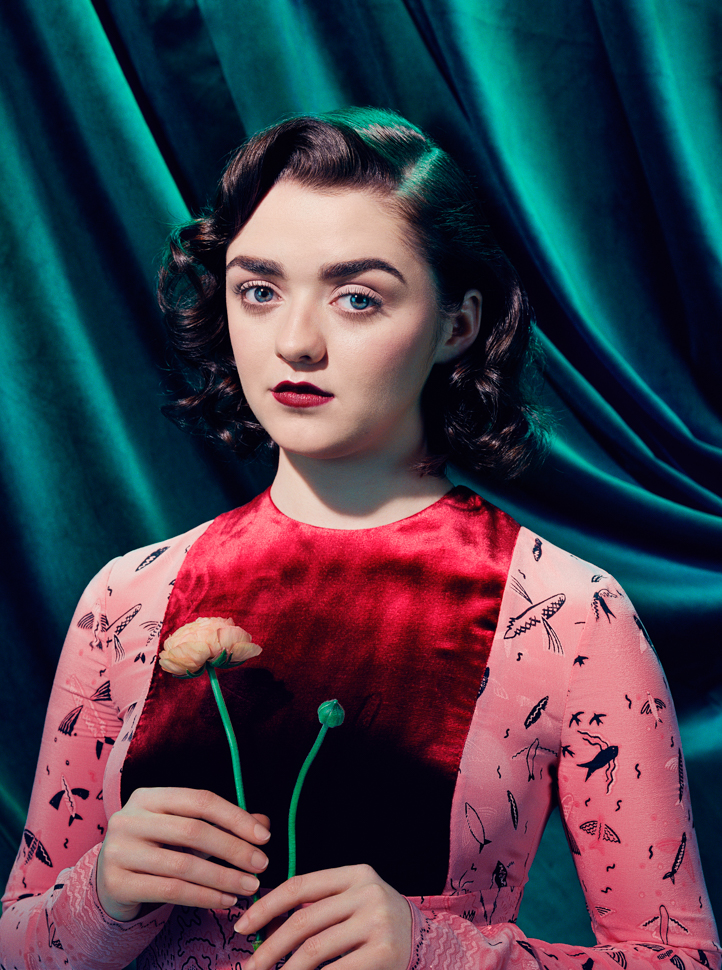
At the Game Of Thrones shoot, I worked really hard with the set designer to have fabrics that were more poppy, with a broader a colour palette, to give a kind of modern twist to these historic pictures. Because GOT is fantasy and fiction, based in this parallel universe, I tried to think of a way to do portraits both singularly and as group shots that referenced what GOT was about, but also to add something different. So, tying it to this Northern Renaissance tradition of these very simple portraits, with one symbolic element such as a flower or a piece of fruit. There's a very famous Leonardo da Vinci painting of a girl holding a weasel, for example.
"If it’s inspiring, I’m quite happy to take a reference from something that's 500 or more years old."
Miles Aldridge
Those were the kinds of rules, as long as I adopted them I could then adapt the picture using my signature lighting, colour and clarity. That was something I share with those artists: they had an obsessive eye to record detail. The way I light, and the way I use my camera, means that I capture an extraordinary amount of detail, akin to a Northern Renaissance painting of that period.
Would you say paintings have more of an influence on you than the works of other photographers?
I've certainly been influenced by other photographers like Helmut Newton, Guy Bourdain, Irving Penn and Richard Avedon. I find not only the image they made interesting, but also they way their careers moved between doing work for magazines and personal projects. Avedon worked on exhibitions and books, and so did Newton and Bourdain. Avedon also did a lot of political work too. I find their careers inspiring, and some of their images are truly amazing, but I think if you only take inspiration from other photographers you'll probably only be mildly successful with that tack.
Rather than always be a photographer, I've always wanted to be a filmmaker or director, and I was always very inspired by the images I could see in the cinema. When I got a chance to be a photographer, although I had other photographers as some of my heroes, I was very excited that I could also do pictures that felt like stills from the films I loved. Or, a mashup between a copy of Vogue and a movie, like a cinematic still but the model would be wearing something that was important to the magazine, and the whole thing combined became something new. And that’s probably the reason there is interest in my work, because it’s not just referential to other photographers in the past, or the Renaissance, or even just the cinema. I have a magpie-like mind, seeing something in one place and something else from another, and then building an image that's personal but also references other things I’m interested in.
On the subject of filmmaking, I know you directed some music videos in the past. Is that something you imagine dong more of? Or maybe moving into feature films?
"When I got a chance to be a photographer... I was very excited that I could also do pictures that felt like stills from the films I loved."
Miles Aldridge
I would never say never, but I did the pop videos before I even picked up a camera, so that’s probably about 25 years ago now. I was very lucky I fell into that career, and I did it for a couple of years. I wasn’t very good and people were very patient with me – they basically let me mess around with a movie camera. But I learnt a lot about doing it. I learnt a lot about building sets and creating these cinematic spaces. I learnt a bit about lighting from talking to cameramen I was working with. I also learnt about managing a large group of people, a large set on a big shoot. Most of these videos had about 30 or so people doing different tasks, and on my shoots now there’s probably a similar amount of people. It’s always quite a production.
I think it was very helpful in making me question whether I really wanted to be a filmmaker, because I found it really hard to put a signature on the image when I was doing pop videos. When I was a photographer, I felt like I could do something where I had really signed it, like it was my image. I think filmmaking is a much more collaborative process; you’ve really got to work with the cinematographer as a director, and they’re going to have a big influence on how everything looks. You have to let go some part of your own aesthetics. So, because I did that first and found it to be quite a struggle, when I came to photography, where I was essentially the director, producer and the cameraman all at once, I felt like I had this autonomy that I had not had before.
Also, I liked the way the photographs were viewed, by which I mean in a magazine. As I started to do more work, they started to be included in books and galleries, and now they're even in museums. And I liked that compared to a pop video, which back then was only ever seen on television. Now you would see it on YouTube, perhaps on your iPhone. For me, the end result was something I was interested in. I was very happy to do something that created a print, something that lasted, something that was more beautiful to look at than on a television screen or an iPhone, which I think an unpleasant way to view things.
On that point, if there was an artist I liked that wanted a pop video, and there was freedom to be creative, I’d be interested. But just like all these other things we're talking about, I think the music industry has had the guts ripped out of it financially, so you'd struggle.
You’ll be speaking at The Photography Show this year. What have you got planned?
I’m still toying with what I want to discuss but I’ve called it 'Colour by Miles Aldridge'. I think colour is an endlessly fascinating subject in photography. I love collecting old photography books and magazines, and seeing how the colours have evolved in different film stocks through the history of photography.
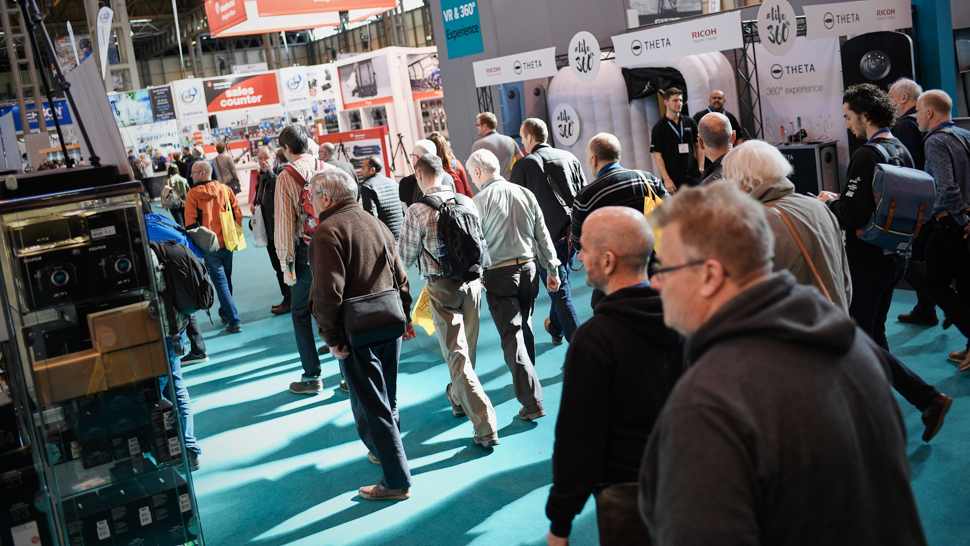
"I think if you only take inspiration from other photographers, you'll probably only be mildly successful with that tack."
Miles Aldridge
The obvious one here to discuss is Kodachrome. Through the 1940s and 1950s, and even the 1960s, the tonal range of that film was extraordinary, and it created a flesh tone that's been very hard to replicate ever since. I shoot on colour negative Kodak film, and I try to process it in post-production to give it the same quality that I loved from those early photographs.
I'll be discussing how colour has an effect on the image, and how colours work in photography for me. When I’m lighting a subject, for example, I quite like to put an element of blue or green in the shadows, so there’s a kind of coolness to the shadows, and a bit more warmth in the highlights. So I'll be talking about subtle things like that, and also how a block of colour can have an incredible effect on the image when it clashes with another, and how I bring that into the image by working with my set designers, make-up artists, stylists and hairdressers in advance of the shoot. Between us we collaborate and create a palette.
I often paint watercolours and do sketches in advance too, and with that I can visualise how a photograph will turn out. The more I do that, the more confidence I have on the shoot that the colours will hang together, and give a good aesthetic. I don’t want to just do something that feels safe and nice. I’d much rather add a few more colours and make a more destabilised palette. That’s what I’m trying to get, something that on first glance might be a bit too much, but as you work with it you’re able to orchestrate it, and compose it so that some of the colours that you didn’t think could work end up working. I think that's how you create modern images.
I’m always aware of the past, whether it’s a Renaissance painting from five hundred years ago or a David Lynch film from the 1980s. I have a big catalogue of visual references, but these will only take you so far – I think you really need to experiment. You can experiment in the photo studio to a degree but when you're in a studio with another 30 people, you don’t want to have everyone waiting around for you. So I try and do a lot of that in advance on my own.
Would you say your talk will be more beneficial to someone who shoots portraiture and wants to get a better understanding of colour? Maybe someone who wants to experiment and take creative risks?
Maybe, yes. Obviously, I think the talk will appeal to people who like my work. I'm not sure how I can influence them with regards their own career – it's really up to them to take something from my work, in the same way that I've taken bits and pieces from Avedon and Newton and so on. Hopefully there’ll be some good stories in there too. My career has been a long interesting rendezvous with various people, trying to make things happen. The whole thing has been a lot of fun, but it's not done in a vacuum. It’s done with lots of other people.
I guess a lot of people don’t necessarily appreciate the army of people behind making that image work. They just see the photographers name and think of it as theirs.
Possibly, yeah. At the end of the day the photographer has to sign it off. It's a collaborative effort and their work is very appreciated, but it’s the photographer that has to sign it off and it lives or dies on the photographer's talents.
What kit do you tend to use?
I shoot pretty much exclusively on a Rolleiflex 6008 camera. The lenses I tend to use with that camera are a 90mm lens, which is my go-to lens, and there’s a 120mm lens, which I use a lot too. Those are the two I mainly use. I also use a 180mm lens if I need to be more zoomed in, and I probably go as wide as a 50mm.
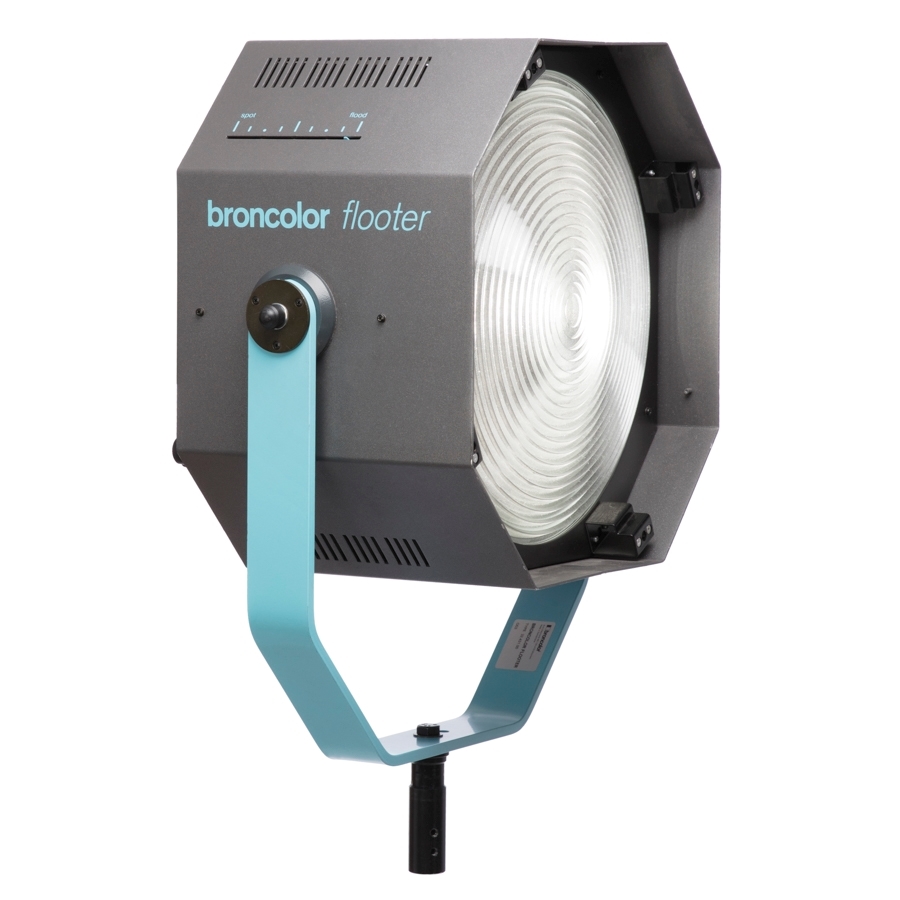
I shoot with Broncolor lighting, and everything is flash. I like the Flooter that they make (above), which is a version of a Hollywood Frenel.
I shoot on Kodak Ektar 100 ASA film. I don’t really shoot that much digital but when I do I tend to shoot on a Leica S with some prime lenses. I find the Leica's have a better filmic rendition than the other brands.
Miles Aldridge will be speaking at The Photography Show on 20 March. Click here for more information and to book tickets
The former editor of Digital Camera World, "Matt G" has spent the bulk of his career working in or reporting on the photographic industry. For two and a half years he worked in the trade side of the business with Jessops and Wex, serving as content marketing manager for the latter.
Switching streams he also spent five years as a journalist, where he served as technical writer and technical editor for What Digital Camera before joining DCW, taking on assignments as a freelance writer and photographer in his own right. He currently works for SmartFrame, a specialist in image-streaming technology and protection.

